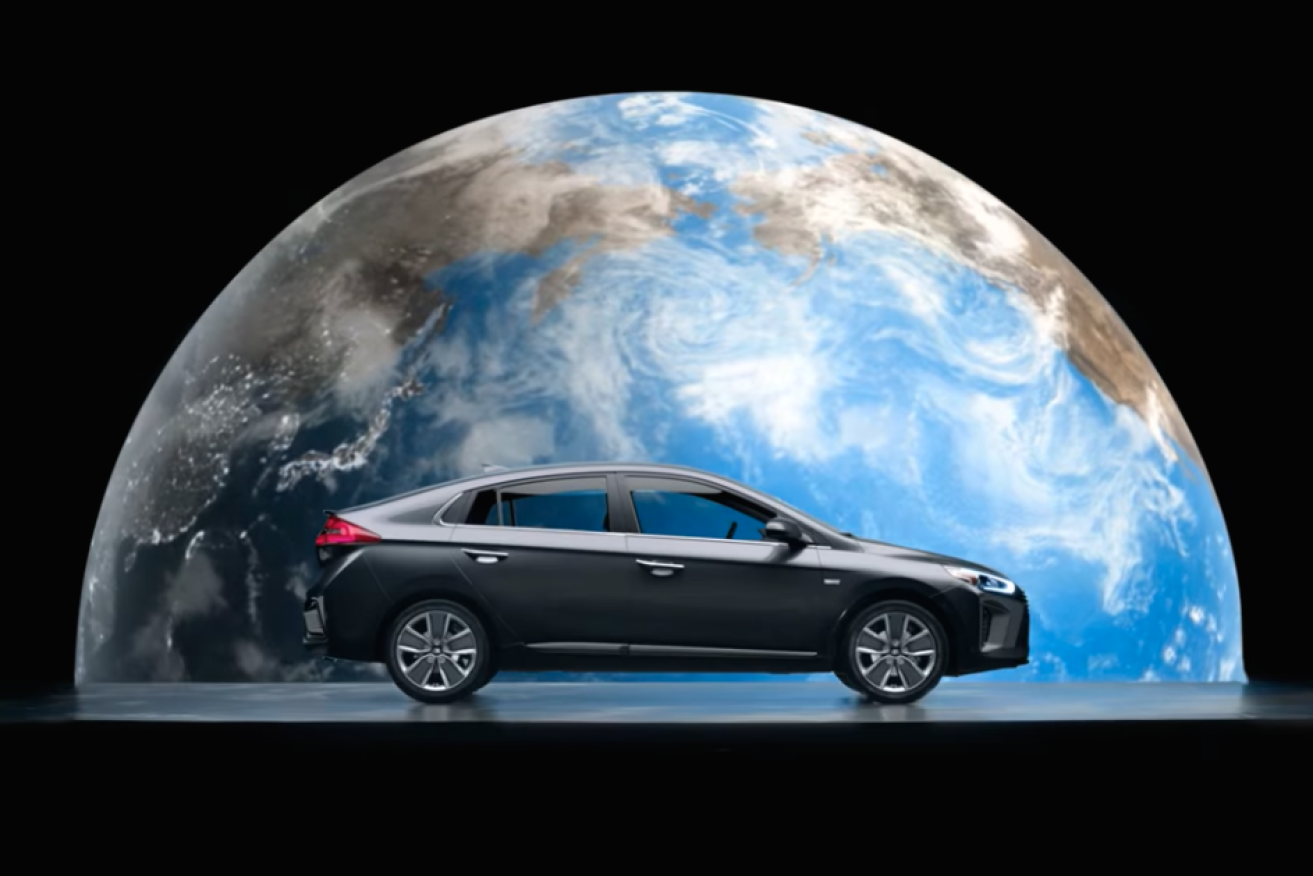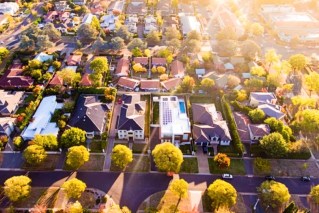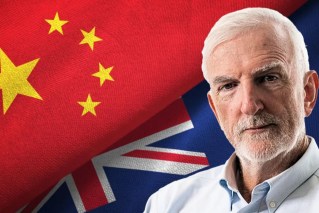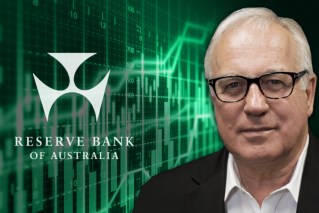Time for some joined-up thinking on renewables


Hyundai's Ioniq range features two hybrid models and one pure-electric vehicle. Photo: Hyundai
This year there will be yet more strides forward in the way renewable energy is generated, traded, stored and consumed – and don’t the fossil fuel true believers know it.
The problem is, the most vocal critics of renewable energy are slow to see the bigger picture, which includes a host of new technologies, including new-generation electric vehicles.
The year began with an anti-renewables push from former prime minister Tony Abbott, who called for the Coalition to scrap the federal renewable energy target (RET), which is currently set for about 23 per cent of power generation by 2020.
The government, which endured much political pain to get even that target through Parliament, smacked that suggestion down pretty quickly.
But there has also been a lively media backlash against the Queensland government’s decision to join Victoria and South Australia by setting its own much higher renewables target – 50 per cent of all power by 2030.
The Queensland Resources Council, a mining lobby group, said the “objective should not be a target level of renewable generation in 2030, but rather the greatest share that is consistent with securing … retail cost-neutrality”.
That sounds pretty reasonable, but only if you ignore the wider developments in the ‘retail cost’ of electricity discussed below.
And economics writer Judith Sloan argued that “the challenge for federal Energy Minister Josh Frydenberg is to convince state governments to junk their vacuous, go-it-alone renewable energy targets that will lead to even higher electricity prices and further threaten the reliability of the grid”.
A bottom-up revolution
Both arguments are based on old centralised power models and fail to grasp two key developments.
Firstly, technology that could only be dreamed of a decade ago is now available commercially and at the household level – particularly storage systems that allow consumers to use more of their own solar power or off-peak grid power.

Tesla’s Powerwall lithium-ion storage system is being rolled out in Australia. Photo: Tesla
Secondly, as detailed below, the ‘power consumer’ is starting to be driven by much more than wholesale prices.
These developments are helping to accelerate the so-called ‘death spiral’ in conventional power.
As consumers become more energy conscious and buy more efficient appliances, the demand for power has been falling.
At the same time, renewable energy prices have plummeted and control of the technology has shifted into the hands of householders and small businesses, particularly through lithium-ion storage solutions.
To remain viable, therefore, the energy companies are stuck with raising prices as demand falls. That’s why companies such as Origin and AGL are already pushing into the renewables space, trying to capture a share of the roof-top solar and storage market.
Grid lock
A common misconception about this process is that the energy grid itself is doomed and that we’ll soon all be ‘off-grid’.
While that appeals to some, energy gurus such as Curtin University’s Peter Newman argue that a collapse of the grid would create “eco communities, with Mad Max suburbs in between” – the lower socio-economic groups who would end up paying more as other communities become self-sufficient.
Newman has argued for some years that the grid will supply less power overall in future, but will be an important means of trading surplus power between homes and businesses – so-called ‘peer-to-peer’ trading.
The second cycle
To that revolution, you can add the second big energy revolution – the new generation of electric vehicles including low-cost electric bikes, scooters and motorbikes, right up to electric cars and SUVs.
Hyundai, for instance, has just released its new Ioniq family hatch in Europe in three different formats:

BMW’s all-electric i3 … expensive to buy, cheap to run. Photo: BMW
- a hybrid that, like Toyota’s established Prius, recycles energy from a petrol engine into a battery system to stop energy being wasted as the car brakes;
- a ‘plug-in hybrid’ that in addition to normal hybrid functions can use a charging station to top up the battery for more all-electric travel;
- and an all-electric plug-in to compete with the likes of the higher-priced Teslas, BMW i3, or the longer-established Nissan Leaf or Mitsubishi iMiev.
A spokesman for Hyundai tells me the plug-in hybrid will most likely be launched first in Australia – in late 2017 or 2018 – where driving distances tend to be larger than in European markets.
House and car package
To see how these developments affect the renewables debates, we need some numbers.
The Australian Energy Market Commission has estimated that the average household power bill this financial year will be $1353.
By contrast, the RACQ estimates that in total a ‘micro’ car costs about $6000 a year to run, while a high-end SUV costs $17,000 a year to run, with fuel bills being a large component for both.
When fuel savings for a plug-in hybrid or pure electric vehicle are added to the power bill savings from running a solar-and-storage system, households stand to make large savings through their investments in renewables – savings that will continue to increase as the conventional power death spiral worsens. Canberra really is missing the point on renewables.
Inevitably, voters will realise that side-by-side gigawatt-hour figures don’t tell the whole story, and that power generation, storage and trading between households and businesses will in future save everyone money.
Power is shifting back to the consumer, but we should expect a few more hysterical death throes from the industry along the way.
To read more columns by Rob Burgess click here.








